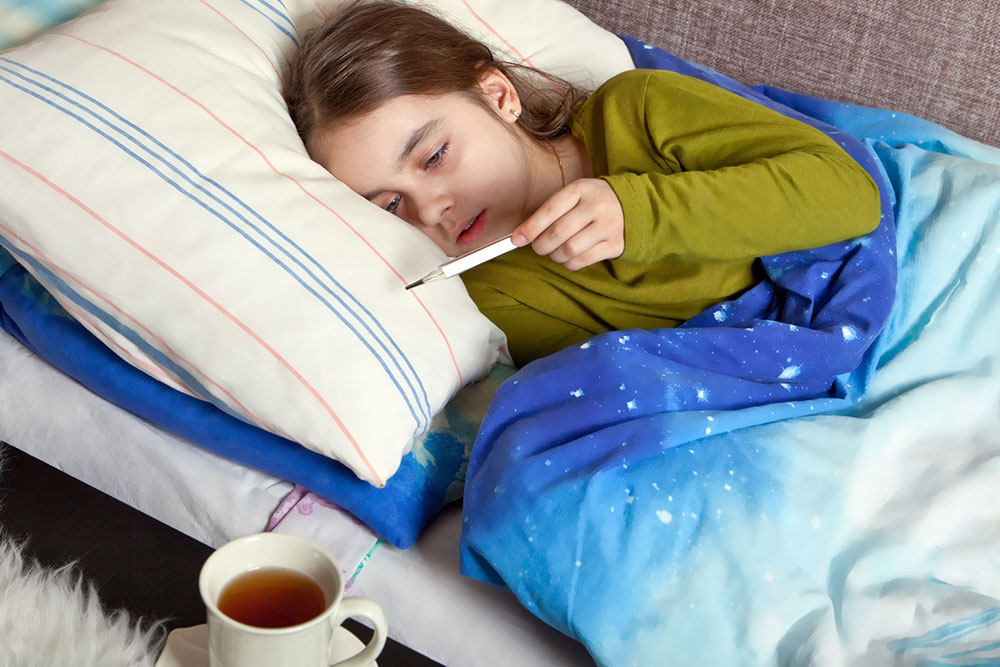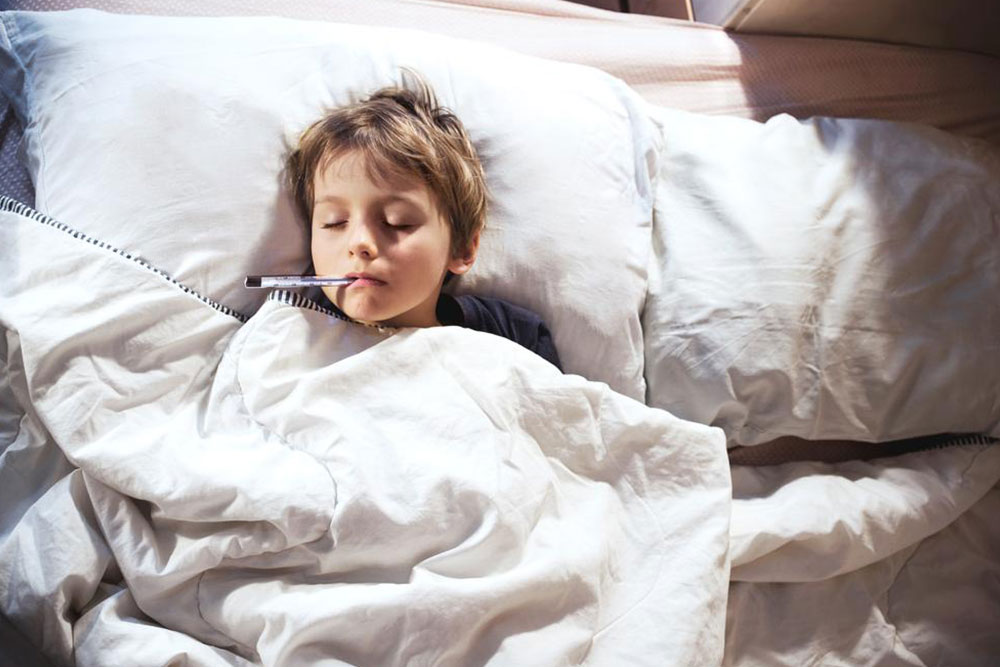Understanding How to Monitor and Read a Fever
Learn how to accurately read and interpret fever temperatures in both children and adults. This guide explains measurement methods, temperature comparisons across different units, and when to seek medical attention. Proper understanding helps in effective fever management and timely healthcare consultations for infants and children. The article emphasizes the importance of accurate measurement and provides tips for fever relief, ensuring safe and informed health decisions.

Understanding How to Monitor and Read a Fever
Normal body temperature typically hovers around 98.6°F but can range from 97°F to 99°F. An increase in temperature indicates a fever, often signifying an infection. Measuring a person's temperature accurately is essential for proper assessment. For children, thermometers are usually placed under the arm or in the ear, while adults often use oral devices under the tongue. Note that readings can vary depending on the measurement method.
Use this fever temperature guide to understand different readings. For instance, an oral temperature of 99.5°F to 99.9°F matches an ear temperature of 100.4°F to 101°F. Additional comparisons are:
100-101.5°F (oral) equals 101.1-102.4°F (ear)
101.6-102.4°F (oral) equals 102.5-103.5°F (ear)
102.5-103.5°F (oral) equals 103.6-104.6°F (ear)
103.6-104.6°F (oral) equals 104.7-105.6°F (ear)
In Celsius, an oral reading of 37.5-37.7°C corresponds to 38-38.3°C in the ear. Other comparisons include:
37.8-38.5°C (oral) equals 38.4-39.1°C (ear)
38.6-39.1°C (oral) equals 39.2-39.7°C (ear)
39.2-39.7°C (oral) equals 39.8-40.3°C (ear)
39.8-40.3°C (oral) equals 40.4-40.9°C (ear)
Always specify how the temperature was taken when discussing results with your healthcare provider due to measurement differences.
If your child's ear temperature reaches 100.4°F (38°C), they are considered to have a fever. Correspondingly, an oral temperature would need to be at least 99.5°F (37.5°C). Seek medical attention if your child under three months develops a fever or if their temperature exceeds 102°F (38.9°C). Additional warning signs like severe headache, neck stiffness, vomiting, diarrhea, or irritability require urgent care.
Fever management in children can include administering liquid Ibuprofen or Advil, based on age and weight, every 6 to 8 hours. Avoid giving aspirin to children under 18 months and Ibuprofen under 6 months. Along with medication, ensure your child stays well-hydrated, rests, and is kept comfortable. If the fever persists beyond 24 hours, consult a healthcare professional.









